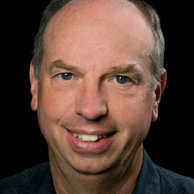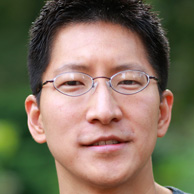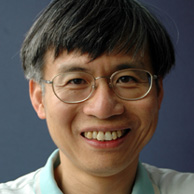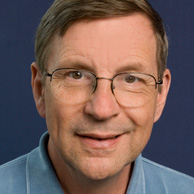Anticipating an influx of graduate students and postdoctoral fellows, HHMI will build 60 one-bedroom apartments at its Janelia campus. The apartment complex will consist of a three-story residential structure over an elevated podium that contains parking and common areas, at a cost of $23 million. WDG Architecture of Washington, D.C., and Virginia-based Dietze Construction Group were selected to design and build the project. Construction was expected to begin in fall 2009.
A New Home
Designing Better Brain Imaging Tools
Several major brain research organizations issued a challenge in April that they hope will speed development of new computational tools to help neuroscientists better understand the brain.
The DIADEM Challenge—short for Digital Reconstruction of Axonal and Dendritic Morphology—aims to get scientists working on a way to accurately and automatically reconstruct the “shape” of brain cells from available light microscopy data, a frustrating problem that has slowed efforts to create a functional atlas of the brain. Competitors have a year to design and test their algorithm. Up to five finalists will be chosen to compete in a final round at Janelia Farm in August 2010. Designers of the best algorithm that reconstructs brain cells will be awarded a $75,000 cash prize.
The award is sponsored by the Allen Institute for Brain Science, the Krasnow Institute for Advanced Study at George Mason University, and HHMI. The National Institutes of Health is providing partial support for a scientific conference that will be held in conjunction with the final round of the DIADEM Challenge.
New Faces at JFRC

Bruce S. Baker, Group Leader
Baker hopes to understand how a specific gene called fruitless directs formation of the neural circuitry responsible for male courtship behavior.

Winfried Denk, Senior Fellow
Denk wants to use scanning electron microscopes to track how neurons interact across long distances by looking at thin slices of tissue and then piecing them together into 3-D images.

Timothy D. Harris, Director, Applied Physics and Instrumentation Group
With his background in inventing new ways to measure complex, data-heavy systems like the human genome, Harris is searching for different and better ways to study the brain.

Albert Lee, Group Leader
Lee studies the basis of learning and memory, and he hopes to improve our understanding of those complex areas by identifying better ways to record the activity of individual neurons in living animals.

Tzumin Lee, Group Leader
Lee is developing tools that can label and track individual neurons, with the eventual goal of mapping every neuron in the fruit fly brain.

Louis K. Scheffer, Fellow
Scheffer is using the skills he acquired in two decades designing microchips to better understand the intricate “wiring” in the brain.

